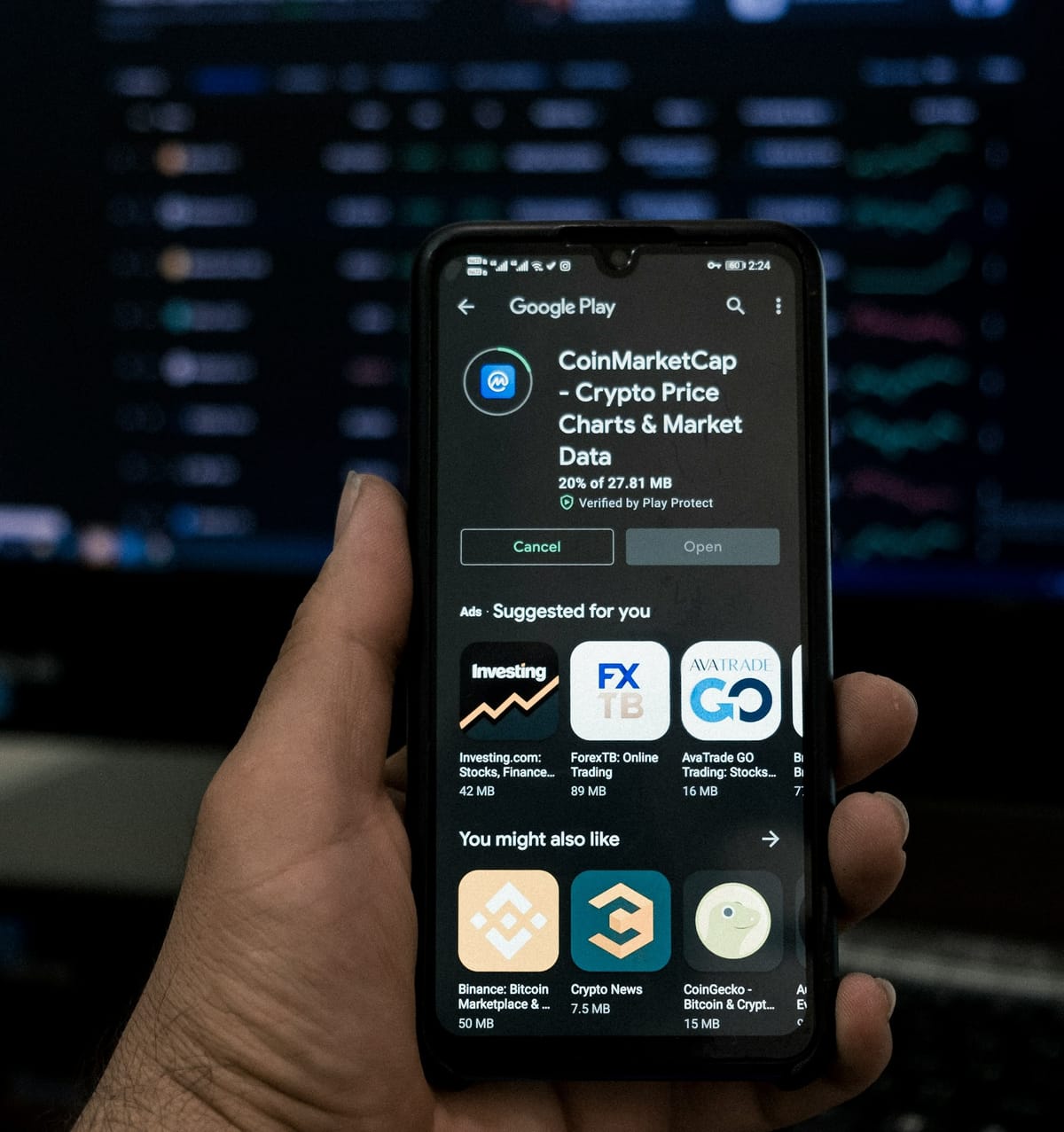AI in Finance: From Robo-Advisors to Autonomous Trading Desks
Discover how AI is transforming finance—from retail robo-advisors to fully autonomous trading desks. The future of money is increasingly machine-led.

What if your financial advisor was an algorithm—and your portfolio was managed not by a person, but a fully autonomous system that trades in microseconds?
That’s not the future. That’s today.
From BlackRock to Robinhood, from Goldman Sachs to decentralized finance (DeFi) startups, AI is now embedded in nearly every layer of modern finance. Whether you’re a retail investor using a robo-advisor or a hedge fund manager deploying real-time trading models, the game has changed.
The real question: How far will machines go in replacing human judgment in financial decision-making?
The Rise of the Robo-Advisor
Robo-advisors are one of the most visible AI use cases in finance.
These platforms—like Wealthfront, Betterment, and Schwab Intelligent Portfolios—offer automated investment management based on your goals, risk profile, and timelines. Their advantages?
📉 Low fees
🤖 24/7 availability
📊 Data-driven decisions
According to Statista, assets managed by robo-advisors are projected to surpass $2.5 trillion globally by 2025, up from just $300 billion in 2018. AI-powered personalization is making investing more accessible—and smarter.
From Human Traders to Machine Intelligence
On the institutional side, AI has gone from support tool to core strategist.
⚙️ Algorithmic trading now powers over 70% of equity market volume in the U.S.
📈 Firms use ML models for predictive analytics, sentiment analysis, and quantitative research.
💹 High-frequency trading (HFT) relies on AI to execute thousands of trades per second, exploiting micro-market movements faster than any human could.
The result? Human traders are increasingly taking a backseat to black-box systems that learn, adapt, and act—often without human intervention.
Risk Management Gets a Neural Network Upgrade
Risk and compliance—once dominated by rule-based systems—are getting smarter too.
🔍 AI models can detect anomalies in real-time, flagging fraud or unusual behavior faster than traditional methods.
📉 Credit scoring is evolving beyond FICO, with startups using AI-driven credit assessments based on spending behavior, digital footprints, and alternative data.
🚨 Global banks like JPMorgan and HSBC are investing in AI-powered compliance tools to meet increasingly complex regulatory demands without scaling human teams endlessly.
The Dark Side: Bias, Black Boxes, and Flash Crashes
With great automation comes great risk.
⚠️ Algorithmic bias can amplify inequality—especially in lending and credit decisions.
⚠️ Lack of transparency in AI models (black-box behavior) challenges regulators and auditors.
⚠️ Flash crashes like the 2010 “Flash Crash” show what happens when algorithms interact in unpredictable ways.
The financial sector now faces a paradox: AI gives us more power—but also less control. Striking the right balance between speed and safety is the next big frontier.
Conclusion: Finance, Rewritten by Code
From robo-advisors managing portfolios for millennials to AI-powered trading desks moving billions in milliseconds, finance is being quietly—and radically—rewired.
Human oversight won’t disappear, but its role is shifting. In tomorrow’s financial world, strategy may still be human, but execution is AI-native.
The question is no longer if AI will run finance. It’s how we’ll govern the future it’s already creating.


